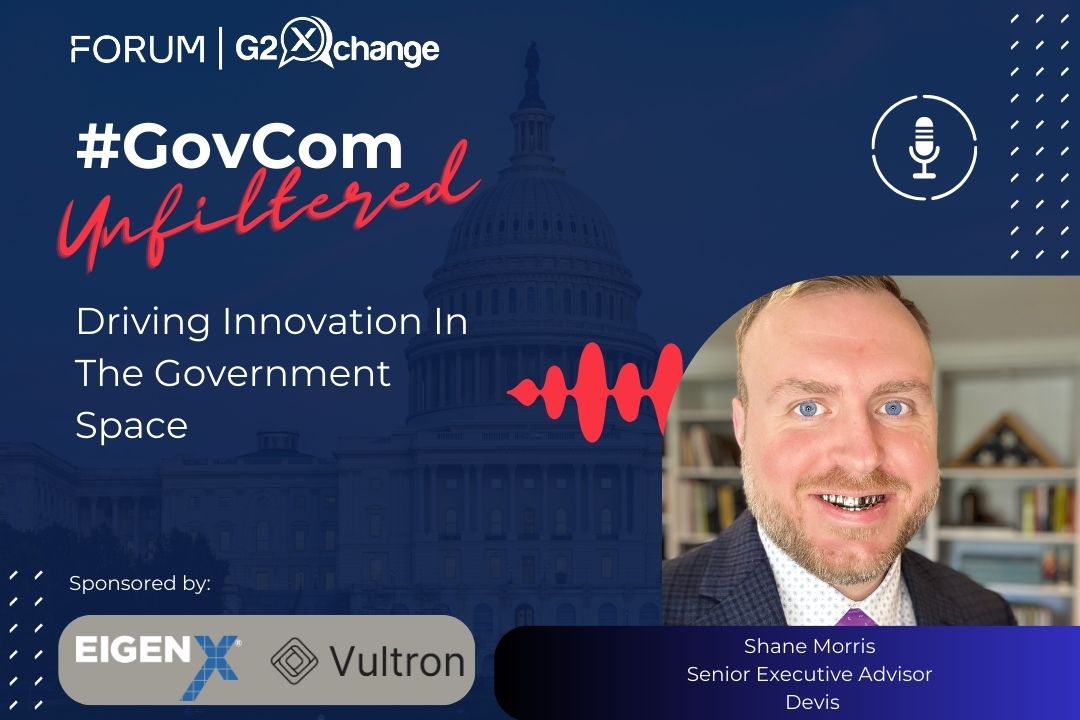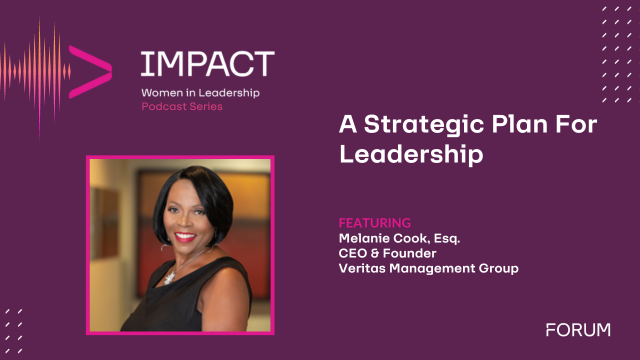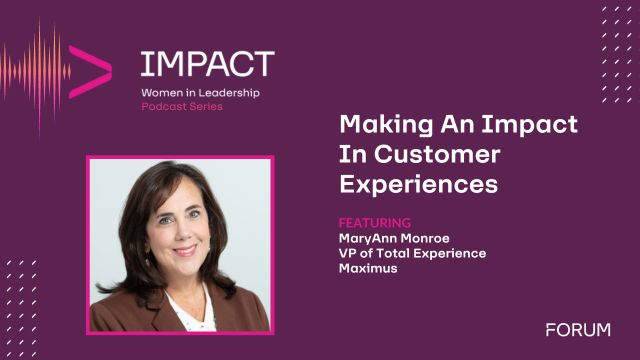Recently Susan Sharer, Executive Vice President, FedHealthIT, had the opportunity to speak with Nick Padula, Vice President, Home Healthcare Monitoring & Population Health Management with Philips, about Population Health Innovations, Technologies, and Opportunities.
What is Population Health?
Population health focuses on treatment opportunities based on a defined patient population, rather than singular treatment solutions. It is about collecting and analyzing as much data as possible to enable the health system to detect potential risks or trends. It can also involve an aspect of hot-spotting or the ability to identify staffing and positioning needs, and it helps evaluate outcomes to identify cost-effective solutions.
It isn’t just about gathering and analyzing data, though, it’s also about getting as far upstream as possible, getting to the antecedents of deterioration to provide a comprehensive end-to-end solution that allows providers to look at the population with respect to risk and need through integrated data.
 This type of predictive analysis has been relied on for things like weather, sport scores, and stocks, and though predicting health is relatively new, it has the potential to be significant.
This type of predictive analysis has been relied on for things like weather, sport scores, and stocks, and though predicting health is relatively new, it has the potential to be significant.
Beyond the data, there needs to be an individual component. Effective population health outcomes require patient involvement. Acute data without this ongoing, evolving input, results in information that is stale and useless. It also perpetuates the sick care model, which currently involves more than $3 trillion annually in Healthcare costs. We must develop ways by which we can intercede.
What types of technology and innovation are you seeing or do you foresee that will help control costs and stop the cycle?
The key to succeeding in both of these efforts will come from delivering a seamless, connected care approach where more integrated health systems make the connection between people, data and technology.
There must be open communication and access to information on the provider, patient, and caregiver side. The average American lifespan was once 47 years. One of the most significant achievements of the last century has been our ability to extend life. The largest and most significant accomplishment of the new century must be ensuring quality of life for those added years to be meaningful.
Connecting those ecosystems of provider, patient and caregivers, what are the opportunities?
 Those over age 65 represent 12 percent of the population, yet they currently consume 44 percent of Healthcare expenditure. Within 14 years that portion of the demographic will be closer to 20 percent, with a probable relative increase in Healthcare costs. There is good reason to look ahead and to see who is at risk within this population, to control intervention, and to hopefully, take trauma out of the picture.
Those over age 65 represent 12 percent of the population, yet they currently consume 44 percent of Healthcare expenditure. Within 14 years that portion of the demographic will be closer to 20 percent, with a probable relative increase in Healthcare costs. There is good reason to look ahead and to see who is at risk within this population, to control intervention, and to hopefully, take trauma out of the picture.
There are opportunities for wearables, for Telehealth devices, for the creation of hubs with integrated seamless information that could be invaluable to patients with issues such as chronic heart failure, or diabetes and its co-morbidities. When we look at our Veteran community, 25 percent is dealing with diabetes compared with eight percent of their civilian counterparts. An interactive human coaching application could be an opportunity for the adoption of healthier lifestyles and better outcomes.
There is further opportunity in the area of sensors. If we take all of that research and development within the acute space and think about medical grade wearable biosensors, and how they might pick up on vitals such as respiration, we see an opportunity to bridge the hospital-to-home experience.
It all comes down to how we can leverage the data analytics and incorporate it into a patient-specific care plan. On one side it is about the devices and the technology, and on the other, it is about determining where the human analogue fits in.
What about customization and training from both side of the house?
There needs to be a culture shift in Healthcare and it starts with conversations with Healthcare leaders to get them to agree that practice based on evidence is key. We’ve seen our lives change dramatically with technology, with access to the Internet and information. There is similar opportunity available to Healthcare. We have the technology to leverage best practice, but we need to embrace it.
Another leg of the stool is patient engagement. Technology on its own is powerful but the ability to get into the homes and to engage is where the real power resides. That engagement means activating the patient, the family or caregiver so they can monitor, track, and advocate, without the barriers of medical jargon, with click-of-a-button explanation, with video connections… It is about enablement and accountability with the patient being the central focus.
Ideally, these tools will also help with regulatory reporting, with health plan performance and risk management. It will help providers understand and manage their business better and will help patients better navigate care. Currently, once a patient leaves the provider’s line of sight, they are often disconnected. Technology can provide a tethering, a process of management, referral, and an easy way to connect back. In the scope of 275 million patients across 50 states, that opportunity is huge and critical. The benefits of prevention as a driver of cost reduction have been proven to be sustainable in a number of studies and through tests focused on clinical validation. Future solutions must be focused on how to take the technology and to activate it in different ways.
Tell me a bit about the eICU program
The Philips eICU program is a transformational critical care Telehealth program that combines A/V technology, predictive analytics, data visualization and advanced reporting capabilities with Philips’ expertise and more than 15 years of proven success. The eICU program delivers need-to-know information to caregivers, empowering them to care for the patients who need it most in the moments that matter most. It is a supplement— not a replacement—to the bedside team, offering support to increasingly scarce clinical resources, while reducing mortality, lengths of stay and cost of care.
Philips eICU uses technology to help Healthcare organizations manage, with a finite supply of resources, the most intensive issues. It allows for collaboration with those with best practices and skills some distance away. It allows for a specialized clinician to oversee a number of intensive care patients visually, without being in the room, creating an opportunity for best-in-class clinical caregivers to manage units remotely.
There are multiple steps down from this as well including eAcute, eConsultant, and eIAC that continue the opportunity to create a bridge between home and hospital, that allow the patient to remain tethered to the provider. All of these can be set up in a relatively seamless manner that are simple and meaningful and address the constraints of zero sum realities.
 Nick Padula is Vice President of Philips Home Monitoring business. He is a co-creator of Philips’ CareSage, a new predictive analytics engine that helps enable payers and healthcare professionals to manage their member and patient populations by providing significantly improved, and longitudinal, line of sight into the home for elderly patients for improved, proactive care management.
Nick Padula is Vice President of Philips Home Monitoring business. He is a co-creator of Philips’ CareSage, a new predictive analytics engine that helps enable payers and healthcare professionals to manage their member and patient populations by providing significantly improved, and longitudinal, line of sight into the home for elderly patients for improved, proactive care management.
Today, seniors represent 12 percent of the US population, yet consume roughly 44 percent of the entire Healthcare expenditure. Within 14 years, seniors will represent 20 percent of the population and respective proportions of the Healthcare spend. With wearable devices and monitoring while combining actionable insights, Nick has helped to assist payers, Healthcare and clinical caregivers in providing solutions for quality of life benefits to patients and members with considerable cost savings with advanced, senior friendly devices.
Mr. Padula is a graduate of the University of Pennsylvania and completed post-baccalaureate studies at Cornell University, School of Industrial and Labor Relations and Harvard School of Business, Cambridge, Massachusetts with an emphasis on Leading Change and Organizational Renewal.












